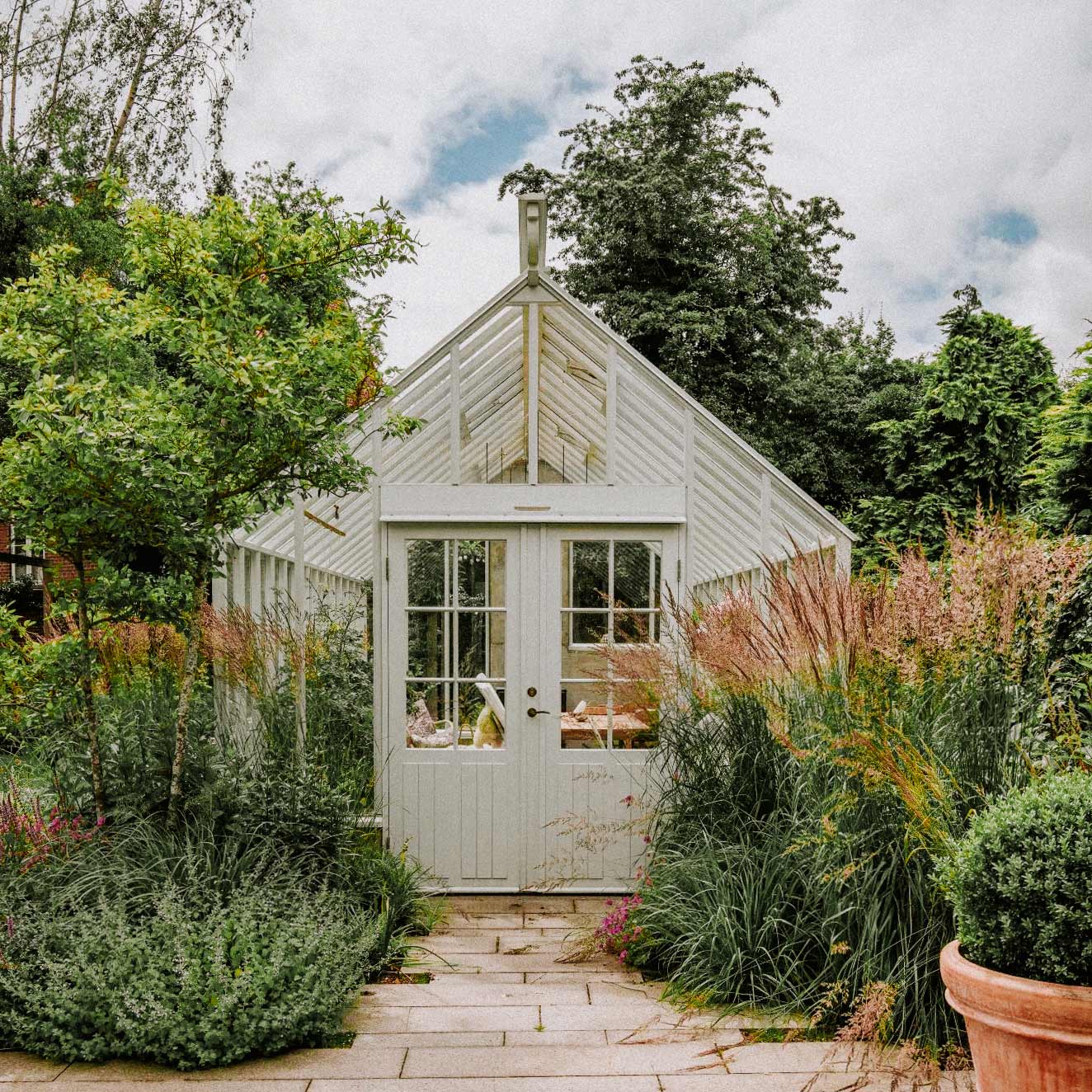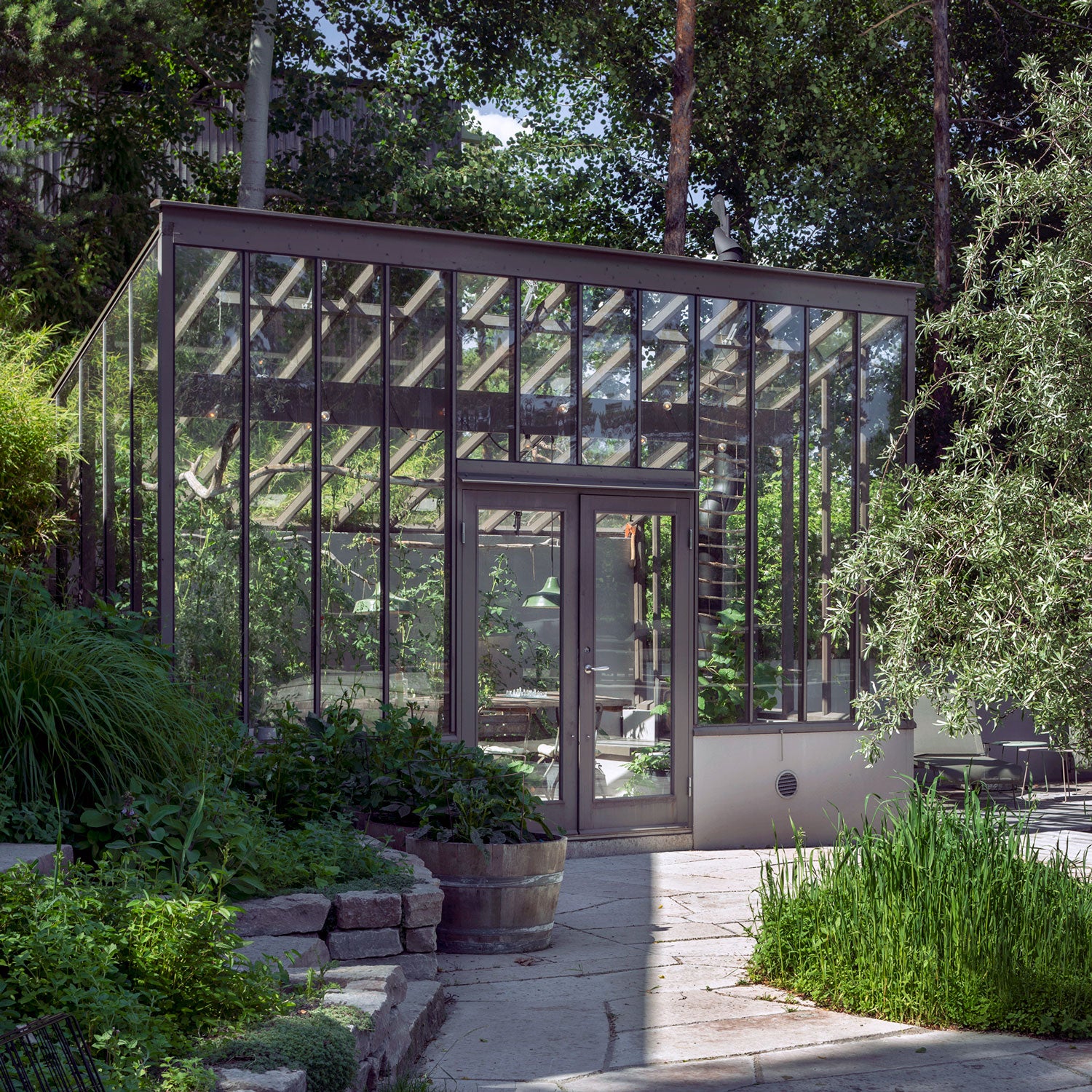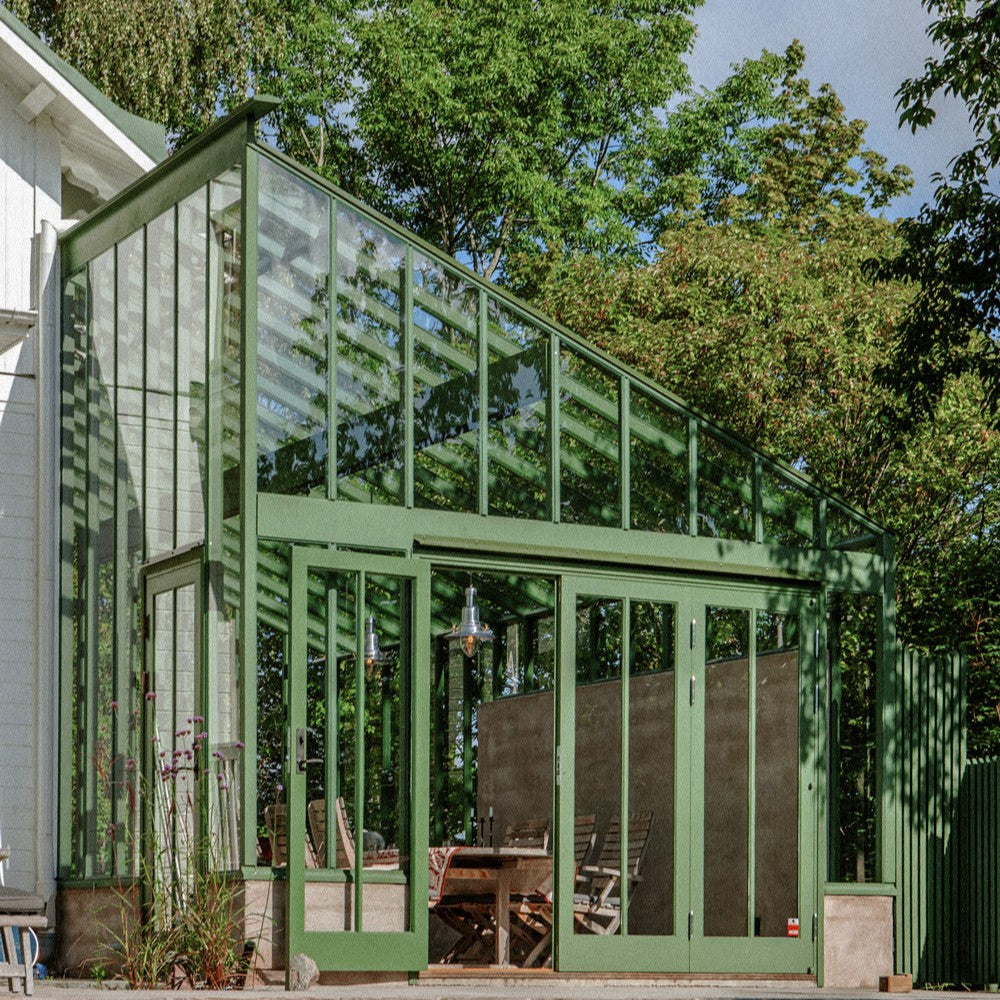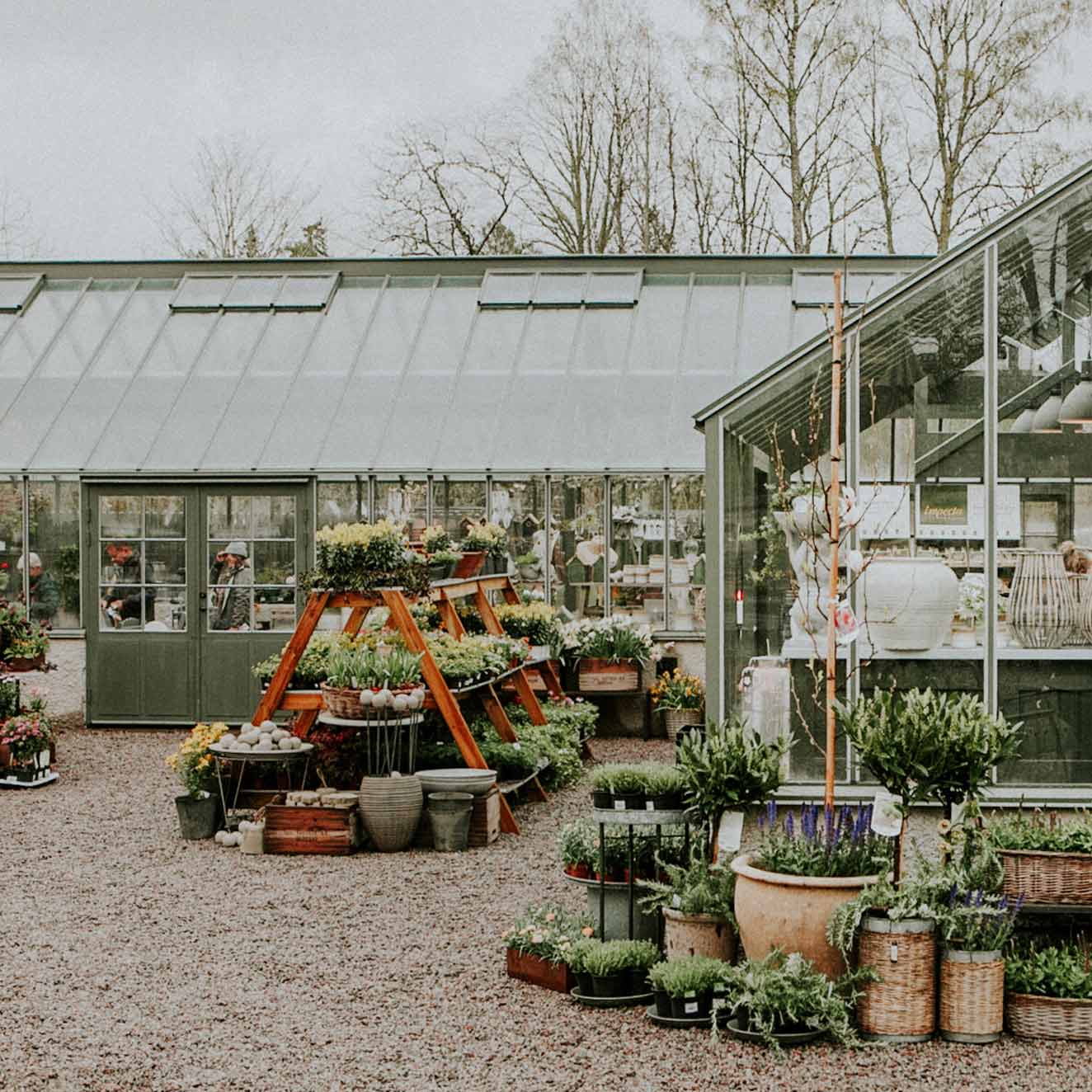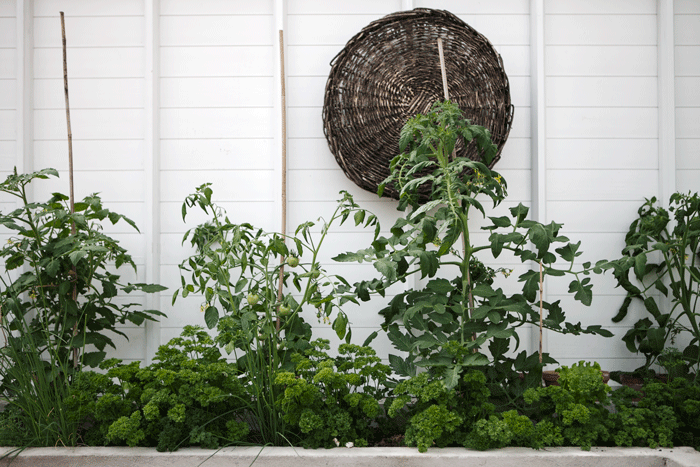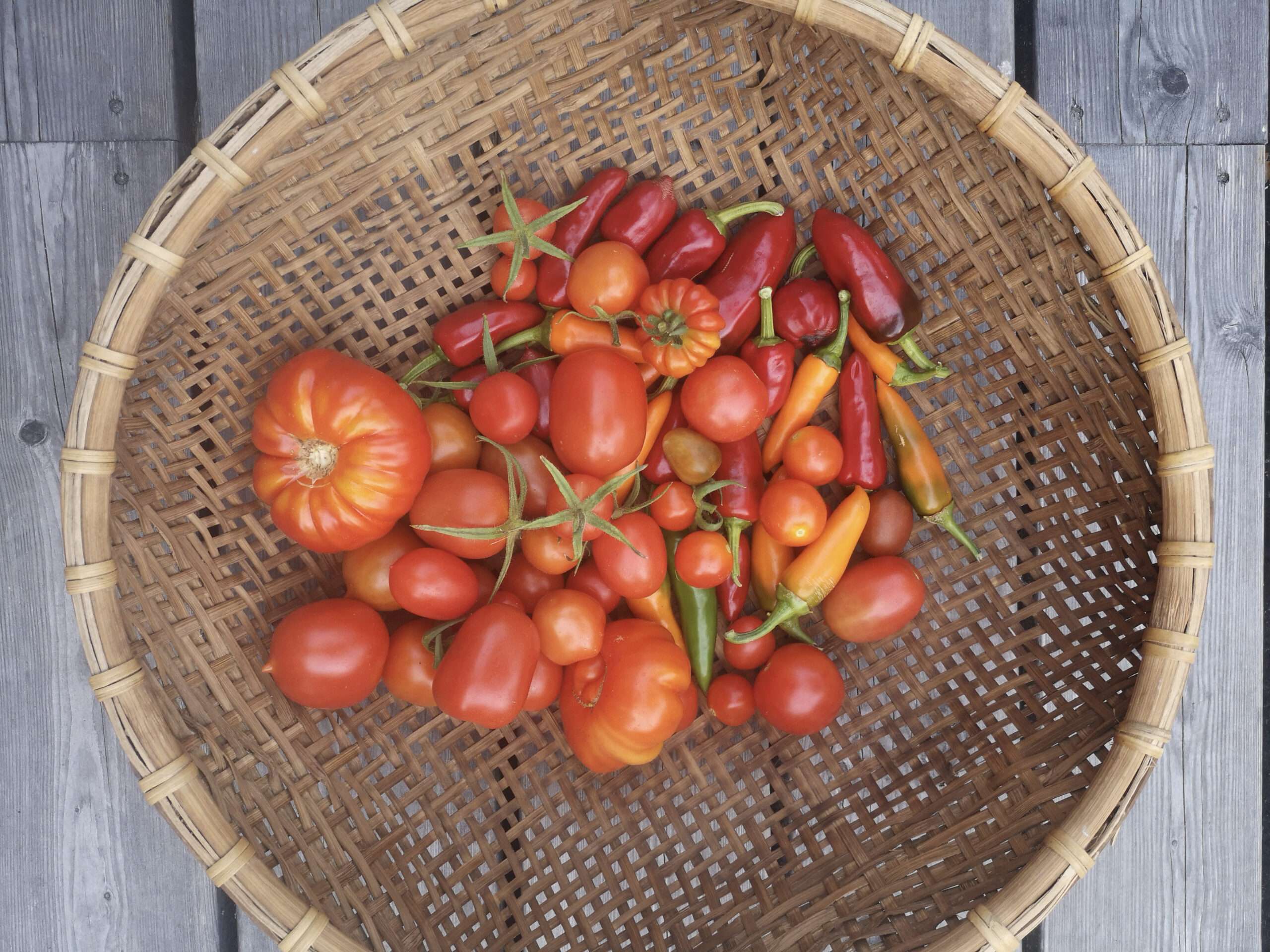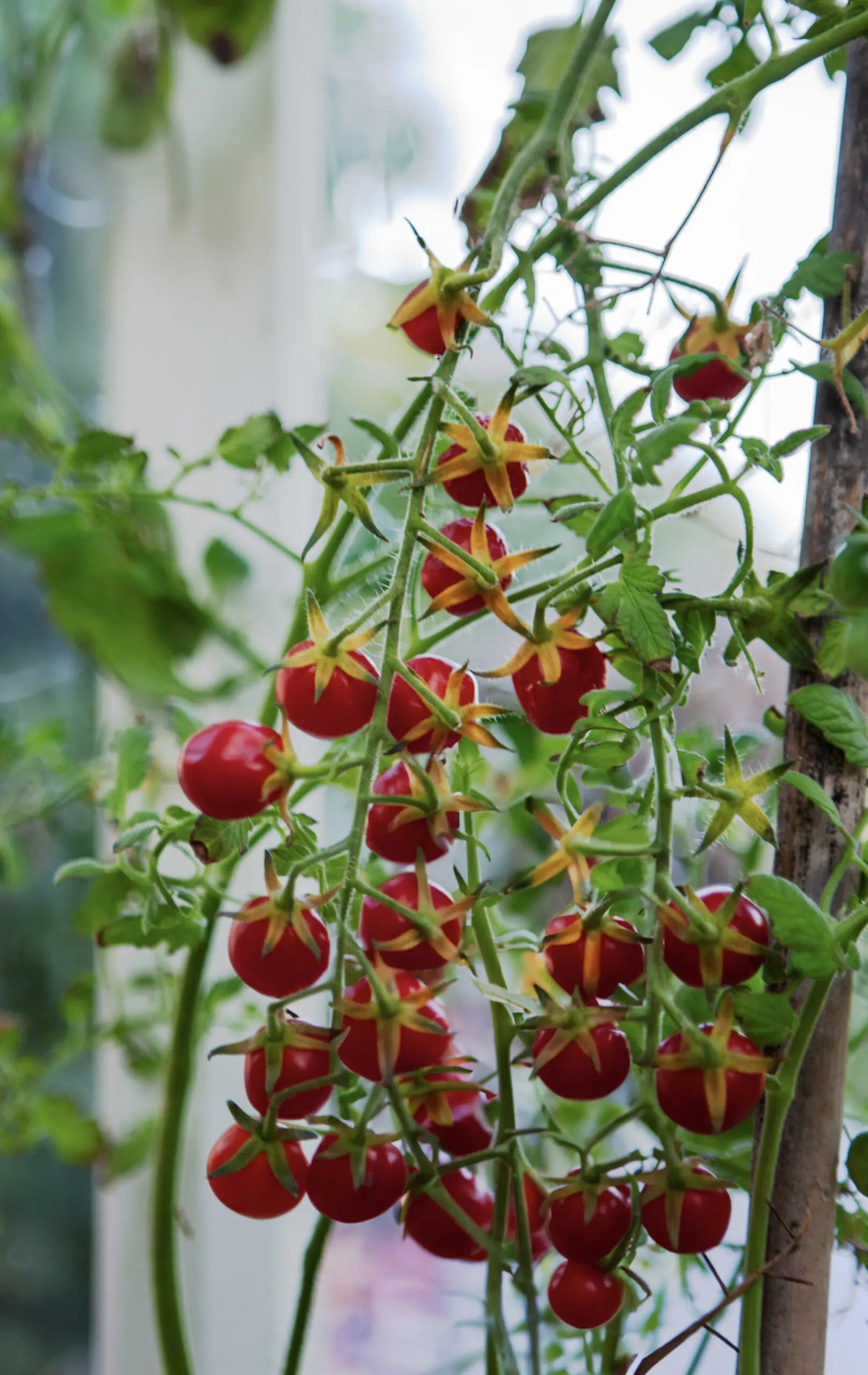
Growing tomatoes in a greenhouse
Tomatoes are a greenhouse favorite that is worth picking every spring. The taste of a sun-ripened tomato picked from your own garden is incomparable. Now there is also a huge variety in color, size and shape to choose from, for those who feel tired of round and red. How about yellow, black, striped, plum-shaped, beefy or flat?
To help you navigate the tomato jungle a bit, we can first advise you to focus your attention on what are called greenhouse tomatoes – the varieties that have difficulty ripening in an outdoor climate. First and foremost, make room for these in the greenhouse – the other varieties that are more hardy can live in pots outdoors along the wall of the house, for example.
Cultivate indoors
Expect to start growing in the greenhouse sometime in early May. It takes about 6 weeks for a plant to be ready for outdoor planting, so in mid-March you can start growing indoors, if you want to do it yourself. An alternative is of course to buy ready-made seedlings as soon as they are available in stores.
When the night temperature is at least 10 degrees in the greenhouse, it is time to plant the tomatoes in the greenhouse. Plants that you buy in a store are rarely hardened off and will react to the sun in the greenhouse, so give them some acclimatization time by shading them with a curtain or non-woven fabric for a couple of days. This also applies if you move your own plants from indoors to the greenhouse. Any adjustment is a bit of a chore for plants.
The soil in the beds should be of good quality, porous and nutritious. Fertilize with manure and also improve the soil with compost. The planting distance should be about 50 cm. Plant the tomatoes deep. It is okay to remove a few pairs of leaves at the bottom to be able to plant the plant properly deep in the bed.
Tie up the plants but keep in mind that the stem will thicken as it grows. So don't tie the string too tightly around the stem. Tie it around a support stake if you want to protect the stem.
Water, weed, air, pollinate
Water the plants regularly. If the plants receive uneven water, they will react by cracking the fruit or possibly pistil rot. Remove old leaves that are under the tomato clusters and pinch out the side shoots that grow out of the stem so that it can grow and become robust.
The greenhouse should not become too humid. Ventilate regularly. This prevents fungal diseases from taking hold. Water preferably in the morning so that moisture on the leaves has time to dry during the day. If it gets more than 30 degrees in the greenhouse, you need to arrange some form of shade and also ventilate properly.
Even if you have insects in your greenhouse, it can be a good idea to help with pollination by very gently shaking the plants once a day. If you have stakes for support, you can tap them lightly with your hand or with any tool you have on hand.
If you fertilized well when planting, you won't need to add any nutrients until mid-June. Grass clippings, chicken manure, nettle water, or an organic liquid fertilizer suitable for tomatoes works well.
If the plants are hitting the ceiling, it's time to top them.
Harvest
Regularly pinch off leaves below the clusters, but leave some left. The leaves are needed for the plant to photosynthesize and gain energy to set fruit. Towards the end of the season, when the plant will not set more fruit but will instead put more energy into letting the fruit that is there ripen, you can remove the leaves completely. It is best to harvest tomatoes when they are fully ripe, as this is when they have developed the most flavor. However, at the end of the season you can also harvest some unripe tomatoes to save them from frost. Leave the unripe tomatoes out in the kitchen to ripen.
